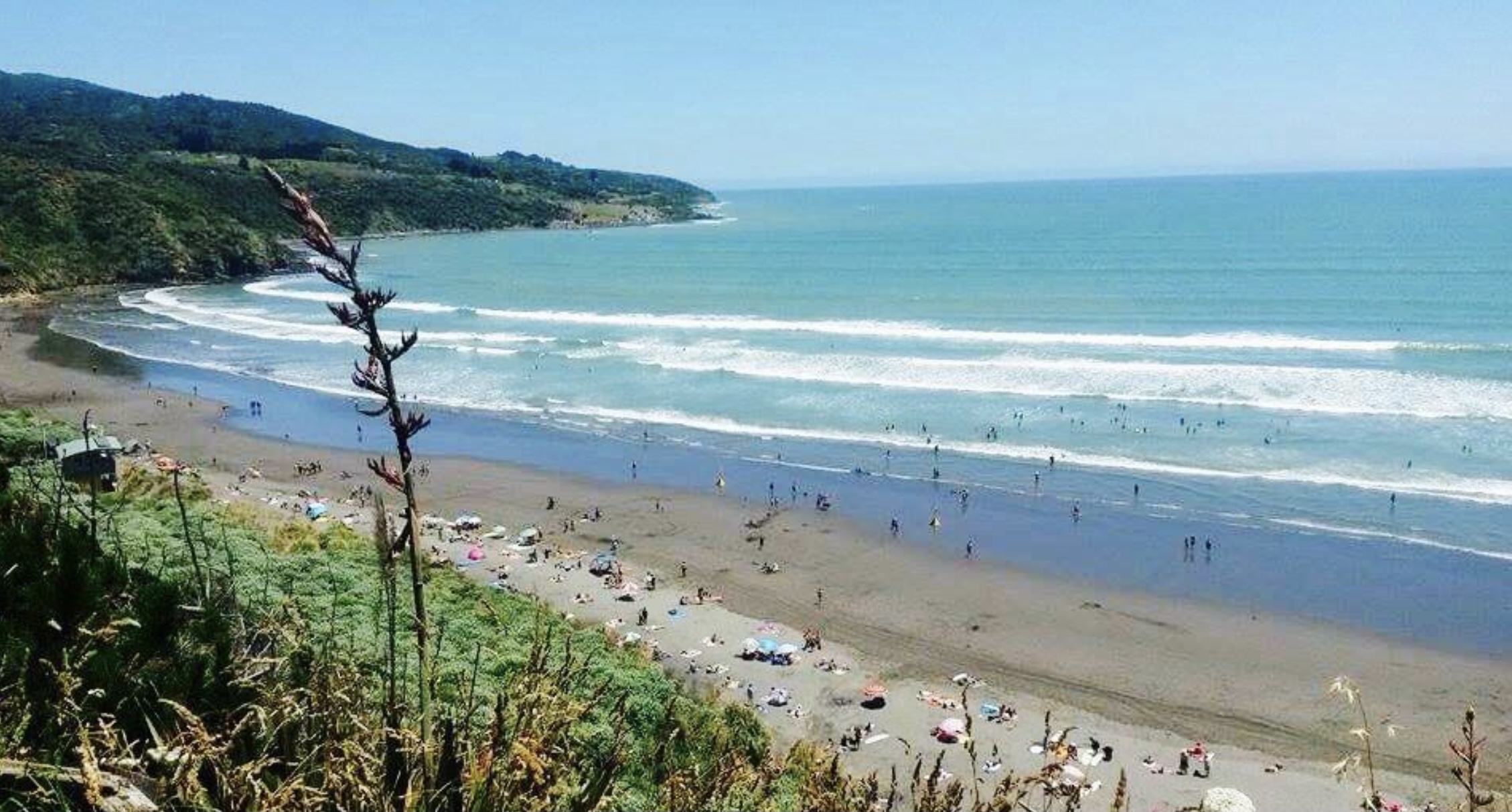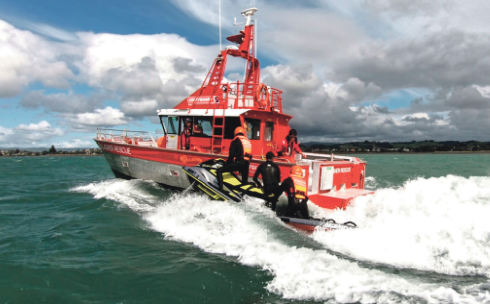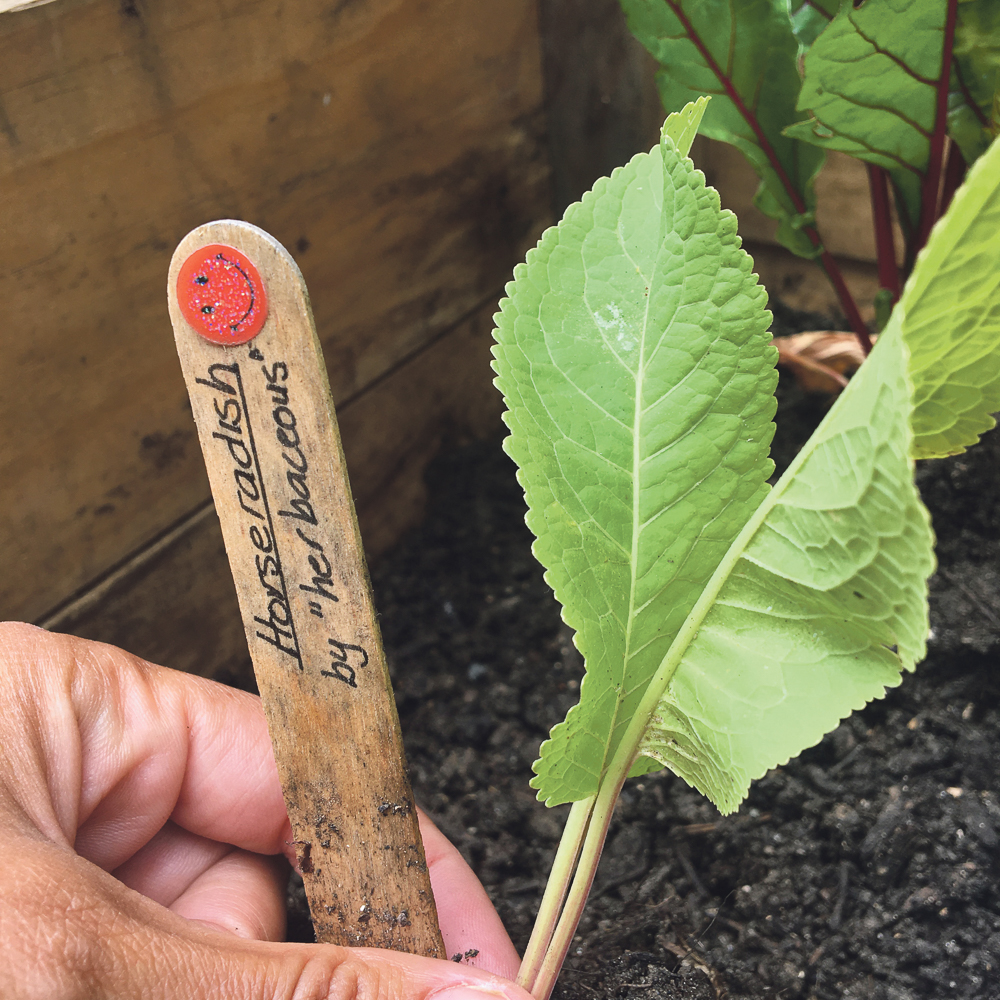When erosion threatened to drag Raglan’s surf life saving tower into the sea at the end of winter, the club had to quickly come up with a ‘Plan B’ for the busy summer season rescue operations.
Coastal erosion and rising sea levels along Ngārunui Beach in Raglan is nothing new.
Elephant Rock at the north end of the beach, now completely submerged in sand was, until recently, a popular place for children to leap from into the moat at its base.
Club president Daniel Wilson says ‘Plan B’ has been evolving as quickly as the tide shifts sand, exposes rocks and moves rips to new spots on the beach.
“We’re not setting up flags where we were last season. We’ve had to move quite a bit further north to accommodate the beach change. The challenge we are having is how we patrol the beach and we still in the early phases of what works best and what we need to do to make it work better.”
At one point in the erosion saga, one of the tower’s supporting beams had been cut to release it from its concrete footing in order to save the tower from being taken out to sea. Not long after, the concrete foundation was taken by the tide leaving the tower intact.
Daniel says the club thought they might get another summer out of the tower and had done a bit of maintenance to get it back up to scratch.
“We did a fair bit of maintenance on the tower to then get to the end of winter and go – mmm, we don’t have that confidence anymore. It makes it hard to plan for what’s going to happen.”
The Raglan club is not alone in its battle to beat erosion, New Zealand surf life-saving clubs have been fighting to protect their facilities for many years.
The club at Sunset Beach, in Port Waikato, moved three times as 50 metres of beach was lost to erosion in the past decade.
Advice the club received from the Waikato District Council is in order to future proof the tower they will need it to portable.
A rented portacom building situated near the toilets has provided a temporary fix but without the elevation of the tower, patrols have been split with a beach patrol and a tower patrol operating from the club house.
The club are looking at various scenarios for how to best patrol the beach and Daniel says the asphalt pad where the portacom is may not be the ideal location.
To provide more flexibility in how they patrol the beach, Daniel says they are also investigating using a trailer with a structure fixed to it to provide elevation or making a more permanent patrol station at the club house.
“We’re still working out what the best solution is before we put an application forward. We want to be sure what we apply for is the most suitable thing.”
EARLY SEASON FOR PAID LIFEGUARDS
Raglan Surf Life Saving at Ngārunui Beach may have had to change the way it patrols the beach, but rescuing swimmers in peril is still high on their agenda.
Patrols for paid lifeguards started early for the club this year after a spate of drownings and near-misses in November prompted Surf Life Saving Northern Region to pull forward the start date for weekday patrols on several key beaches, including Ngārunui.
In the first weekend of Level 2, a low-tide rip sparked a mass rescue of 14 people at the popular surf beach after rips on either side of the swimming flags dragged people out to sea.
A volunteer life guard himself, Daniel says the strength of the outgoing tide caught swimmers unaware and it was a case of bad luck rather than bad management.
“Those mass rescues are as much about the beach changes as having eyes on. The way the beach is at the moment it speeds from the north and the south into one strong rip. It has a strong surge, and the rip comes and goes and moves around as the tide goes out.
HISTORY
The club began informal operations in 1972 when a group of enthusiastic locals decided to patrol the Kopua beach. In July 1973, the Raglan Surf Life Saving Patrol was formed, with Ces Gaukrodger as the first president. By February 1974, they had 17 qualified members and two instructors.
The portacom may feel like a step backwards but it is a far cry from the tent that housed the lifeguards on patrol. Equipment was stored in a shed at the wharf and transported to the beach every day. At the time the Wainui reserve was farmland and the equipment was transported either down the Bryant Home track or 3km along the beach.
By 1979, the club had put up premises on reserve land near the harbour entrance. While not the best place to patrol the beach from, many a boatie can be thankful for the club’s location as lifeguards could respond quickly to incidents on the bar.
With the development of the Wainui Reserve, the club began planning for a building to be constructed on the reserve.
In 2001, work began in earnest to fundraise for the club when erosion occurring made it impossible to get down the beach due to rock being uncovered.
By October 2002 the new club was officially opened by the Waikato District Mayor Peter Harris.
The original tower was built on wooden poles in the 1990s and was replaced in 2011 by the recently demolished tower.
The tower cost $180,000 and consisted of a concrete block basement for first-aid supplies and emergency treatment, and was financed by four years of local fundraising and grants from WEL Energy Trust, Surf Life Saving Northern Region, Raglan Lions Club and Trust Waikato.
VOLUNTEERS
Volunteer lifeguards take over patrols from the paid guards on the weekends. The Raglan club has a pool of around 70 volunteers, including 40 lifeguards who patrol the beach on the weekends. The majority come from Raglan and Hamilton but some come from as far away as Auckland.
As with any organisation that relies on volunteers, recruiting rookies is vital to the club. This season they welcome three newcomers. Covid has delayed their ability to complete their certificate but they will be ready to join the patrols this summer.
To gain lifeguard qualifications rookie lifeguards have to swim 400-metre pool in under nine minutes, undertake two tube rescues in the ocean and pool, run 200-metres, swim 200-metres swim, run 200-metres in the surf, sit a 50-question theory test and complete a first aid and CPR course.
HOW YOU CAN HELP
Raglan Surf Life Saving chairperson Sarah Bailey says the best way to show support locally is to drop off kai for the lifeguards on the weekend.
“They get really hungry on patrol and they don’t often get a break to go and make something for lunch. They would love some baking. They don’t think about eating unless it there in from of them. Little things like that help heaps.”
Surf Life Saving Northern Region finances the paid lifeguards on weekday patrols – make a donation to givealittle.co.nz/cause/surf-life-saving-northern-region-covid-19-appeal
You can also make contributions simply by shopping at slsnr.shopgood.co.nz/ without any added cost. Every item you buy delivers a donation to Surf Life Saving Northern Region.
Janine Jackson
2021-2022 Beach Safety Messages
Choose a lifeguarded beach and swim between the flags
Read and understand the safety signs – ask a surf lifeguard for advice as conditions can change regularly
Don’t overestimate your ability or your children’s ability to cope in the conditions
Always keep a close eye on very young children in or near the water – always keep them within arm’s reach
Get a friend to swim with you – never swim or surf alone
Watch out for rip currents, they can carry you away from shore. If caught in a rip current remember the 3Rs: *Relax and float, *Raise your hand and *Ride the rip
Be smart around rocks: When fishing never turn your back towards the sea and always wear a lifejacket
If in doubt, stay out!
If you see someone in trouble, call 111 and ask for the police
Be sun smart – slip, slop, slap and wrap to protect your skin and eyes from the sun’s damaging rays
New Zealand’s drowning toll in 2020
Source: Water Safety NZ
There were 74 drowning deaths and an additional 202 hospitalisations.
29 children aged between 5 and 14 were hospitalised – the highest number on record.
The sea was the most common place for hospitalisation incidents (37%), followed by swimming pools (21%) and rivers (17%).











